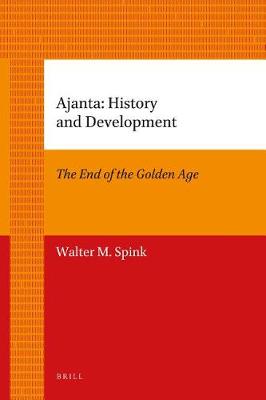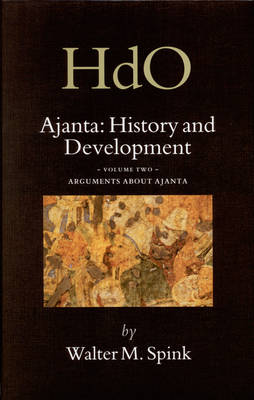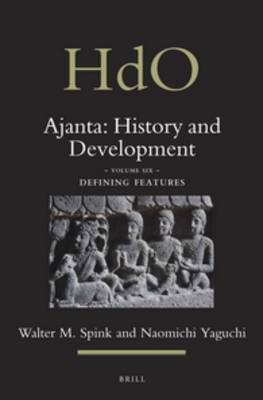Ajanta: History and Development
2 primary works • 7 total works
Book 1
Book 3
Ajanta: History and Development, Volume 3 The Arrival of the Uninvited
by Walter Spink
In that year the great "Vakataka" patrons had to flee from Ajanta as a result of the Asmakas' takeover of the site. When soon the Asmakas themselves also had to leave because of the needs of war, the great phase of patronage ended at Ajanta. But now a host of pious intruders, mostly monks and devotees still living in the region, could make their own offerings, generally violating the original patrons' programs. In this systematic cave to cave treatment, it is shown through careful interpretation of the physical evidence, that remarkably these new and "uninvited" paintings and sculptures appear only on and/or in caves which had already been dedicated by the earlier patrons. By contrast, excavations where the Buddha image had not been completed, were never utilized for such votive donations.
Ajanta: History and Development, Volume 2 Arguments about Ajanta
by Walter Spink
Ajanta: History and Development, Volume 4 Painting, Sculpture, Architecture - Year by Year
by Walter Spink
Ajanta: History and Development, Volume 7 Bagh, Dandin, Cells and Cell Doorways
by Walter Spink






